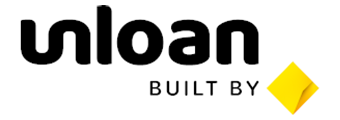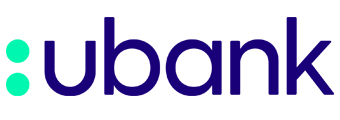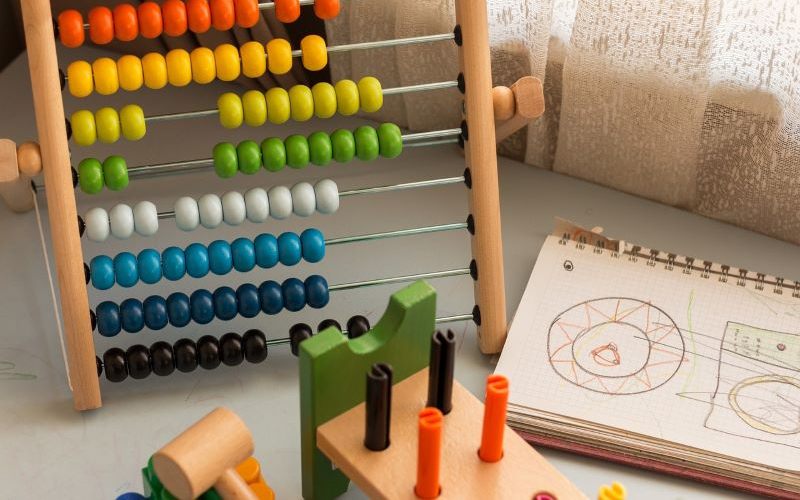Mortgage brokers are hailing the move by Commonwealth Bank of Australia not to count HECS bills as debt in home loan assessments if they are due for repayment within a year.
CBA said it is also "piloting" dropping the serviceability buffer to 1%, from its current 3%, for those due to pay off their student debt within five years.
The serviceability buffer is set by regulator Australian Prudential Regulation Authority (APRA), requiring banks to assess home loan applications at an interest rate three percentage points higher than the current rate.
The move by Australia's biggest home lender is expected to see thousands more young people instantly qualify for home loans.
CBA's executive manager of home buying Michael Baumann said CommBank is committed to helping all Australians, including those with HELP debt, in their home-buying journey.
"We regularly review and monitor our home loan policies and processes to meet customers' needs while upholding prudent lending standards," he said.
Why is CBA changing HECS rules?
The move follows federal Treasurer Jim Chalmers' appeal to regulators in February, calling on home lenders to be allowed to exclude student debts in their mortgage serviceability calculations.
According to brokers, CommBank has advised it will ease its current restrictions effective Wednesday 9 April - a move they say will allow thousands more young people currently locked out of the home lending market to qualify for home loans.
Under the current system, student debts are counted the same as other debts, including credit cards and personal loans.
However, critics - including Dr Chalmers - have long maintained student debt is not the same as it doesn't need to be repaid unless a person earns above $54,435 and, if they lose their job, repayments are suspended.
What will the HECS change mean to home borrowers?
Founder of brokers Madd Loans George Samios said it will mean a young couple who earn $70,000 each with HECS debts ending within 12 months will potentially be able to borrow an additional $36,000.
"A couple under the same scenario earning $240,000 can now borrow an additional $187,000," Mr Samios said.
But he said the "most exciting part" is the easing of the serviceability buffer by two percentage points for those whose HECS debts are ending within the next five years.
Mr Samios said a couple with a combined income of $180,000 could have borrowed $840,000 under the old rules, but can now potentially borrow $1.02 million - an extra $180,000.
"I expect other banks to follow," he said. "This allows thousands of people who previously couldn't borrow due to their HECS debts to enter the property market."
Plea for other lenders to follow
Industry body Finance Brokers Association of Australia is also urging other banks to follow CBA's lead.
Managing director Peter White said the Association is an advocate for responsible lending but opposes policies that hinder people unnecessarily.
"For this reason, our question to the government and to lenders is simply, if a 1% serviceability buffer is viable for those with a HECS debt, why is a rate of 1.5-2% not viable for all borrowers?"
Earlier this month, the federal Coalition said if it won government, it would "reform" the regulator to cut the serviceability buffer to allow more people to access home ownership.
The buffer was changed from 2.5% to 3% in October 2021.
Last year, Australia's big four banks had mixed views on lowering the buffer.
Some major home lenders, including NAB, and the FBAA told a federal Senate inquiry the buffer should be lowered.
At that time, Australia's two largest home lenders CBA and Westpac said they believed the rate should stay at 3% to guard against loan defaults and ensure stability of the financial system.
Advertisement
Buying a home or looking to refinance? The table below features home loans with some of the lowest interest rates on the market for owner occupiers.
| Lender | Home Loan | Interest Rate | Comparison Rate* | Monthly Repayment | Repayment type | Rate Type | Offset | Redraw | Ongoing Fees | Upfront Fees | Max LVR | Lump Sum Repayment | Additional Repayments | Split Loan Option | Tags | Row Tags | Features | Link | Compare | Promoted Product | Disclosure |
|---|---|---|---|---|---|---|---|---|---|---|---|---|---|---|---|---|---|---|---|---|---|
5.79% p.a. | 5.83% p.a. | $2,931 | Principal & Interest | Variable | $0 | $530 | 90% |
| Promoted | Disclosure | |||||||||||
5.74% p.a. | 5.65% p.a. | $2,915 | Principal & Interest | Variable | $0 | $0 | 80% |
| Promoted | Disclosure | |||||||||||
5.84% p.a. | 6.08% p.a. | $2,947 | Principal & Interest | Variable | $250 | $250 | 60% |
| Promoted | Disclosure |
Image by Ketut Subiyanto via Pexels

Ready, Set, Buy!
Learn everything you need to know about buying property – from choosing the right property and home loan, to the purchasing process, tips to save money and more!
With bonus Q&A sheet and Crossword!






 Denise Raward
Denise Raward
 Harrison Astbury
Harrison Astbury
 Harry O'Sullivan
Harry O'Sullivan



